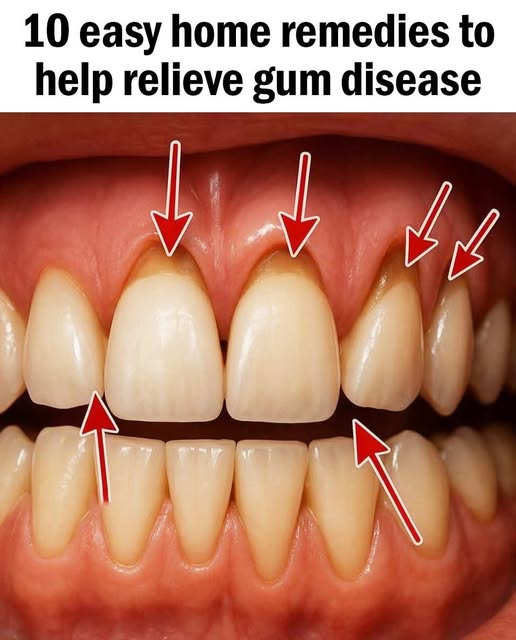
You might know it as gingivitis or periodontal disease, but whatever the name, gum disease is no joke. It can sneak up on you starting off mild and treatable, but if ignored, it can lead to serious issues like tooth loss or even jawbone damage.
The good news? Catching it early makes all the difference, and better yet, there are simple things you can do at home to help prevent or ease the symptoms. With the right care, you can keep your smile healthy and strong starting today.
What is Gum Disease?
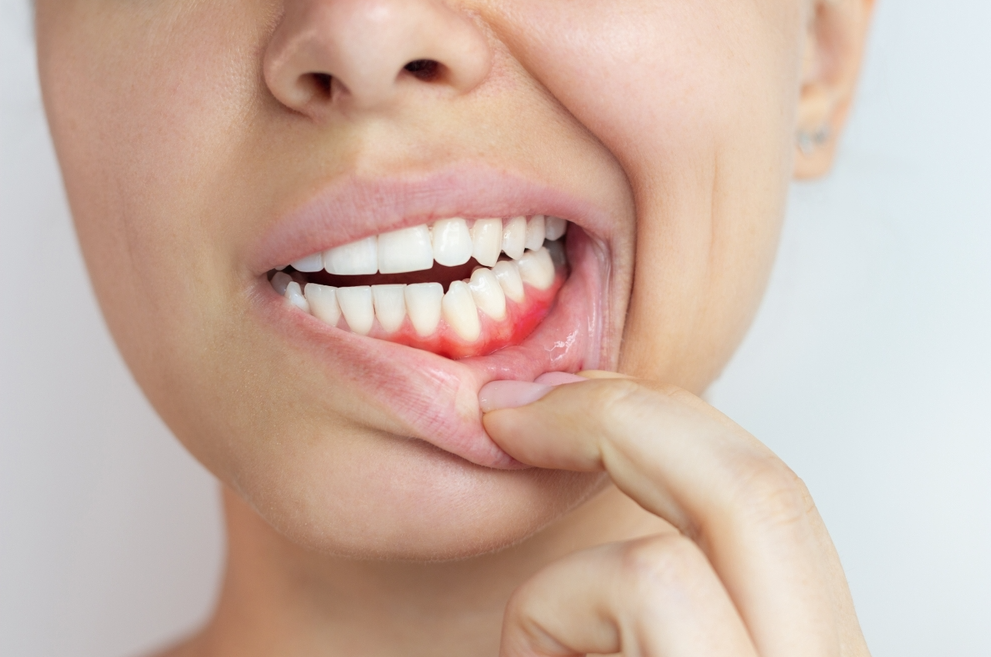
Gum disease is an oral health condition that affects the soft tissue surrounding your teeth—your gums. It typically begins with plaque, a sticky film of bacteria that builds up on your teeth throughout the day. While daily brushing and flossing help remove most of it, plaque that’s missed can harden into tartar, which triggers inflammation and infection.
The early stage of gum disease is called gingivitis, and it often shows up as red, swollen gums that bleed easily especially when brushing or flossing.
Several factors can increase your risk of developing gum disease, including:
🟠 Smoking
🟠 Hormonal changes (like during pregnancy)
🟠 Certain medications that reduce saliva
🟠 Genetic predisposition
🟠 Health conditions like diabetes
Understanding these risks is the first step toward prevention and the good news is, there are simple, effective things you can do at home to keep your gums healthy.
Preventing Gum Disease
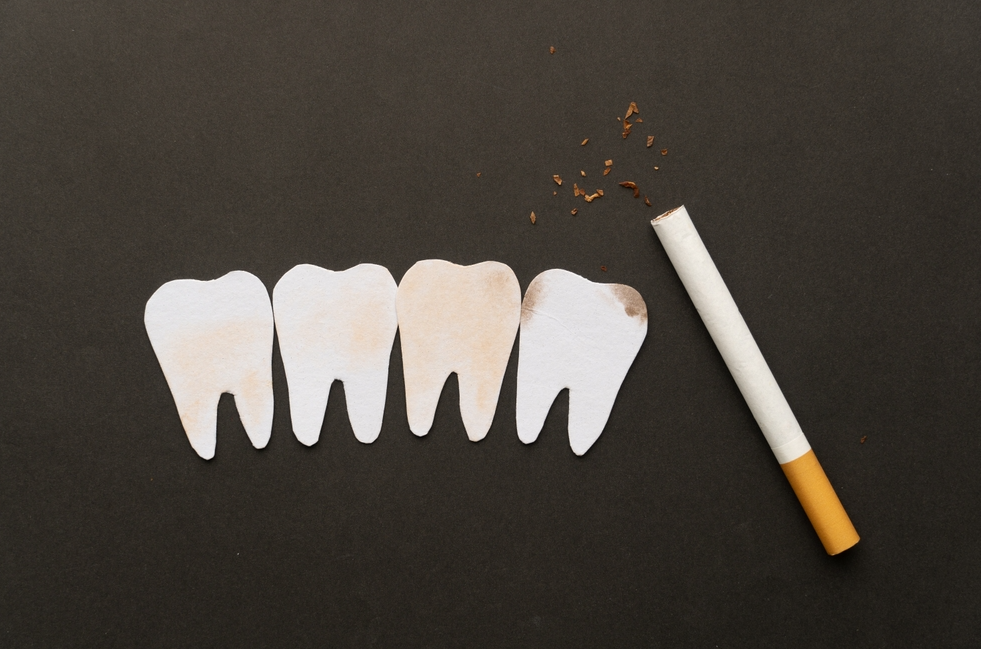
The best way to manage and prevent gum disease is through consistent, effective oral hygiene. This includes brushing and flossing daily to remove plaque before it hardens into tartar. Adding an antibacterial mouthwash to your routine can also help reduce harmful bacteria and keep your mouth feeling fresh.
But hygiene isn’t the only piece of the puzzle. Your diet plays a huge role in the health of your gums. Diets high in sugar and processed foods feed the bacteria that lead to gum disease, while a diet rich in vitamins, minerals, and whole foods strengthens your gums and boosts your immune system’s ability to fight infection.
And don’t skip those dental check-ups! Visiting your dentist at least once a year for cleanings and checkups can catch issues early and keep your gums in top shape.
In short:
✔️ Brush & floss daily
✔️ Use antibacterial mouthwash
✔️ Eat a nutrient-rich diet
✔️ Avoid excessive sugar
✔️ See your dentist regularly
Your smile will thank you. 😁✨
Home Remedies

While a healthy diet and a solid oral care routine are usually enough to keep gum disease at bay, sometimes your gums need a little extra TLC especially if you’re noticing early signs like inflammation or bleeding.
The good news? There are several simple, affordable home remedies that can support gum health and help soothe irritation. These easy steps can be a great addition to your routine but remember, if symptoms don’t improve (or get worse), it’s always best to check in with your dentist.
Explore the remedies below and find the one that works best for you. Your gums will thank you!
Saltwater Rinse

One of the simplest and most effective home remedies for gum irritation is a saltwater rinse. Salt acts as a natural antiseptic, helping to reduce inflammation, kill bacteria, and promote healing in the gums.
To make it:
➤ Dissolve ½ teaspoon of salt in a glass of warm, filtered water
➤ Swish the solution gently in your mouth for 30 seconds, then spit it out
➤ Repeat once or twice a day morning and night works well!
This easy rinse can soothe sore gums, reduce swelling, and flush out harmful bacteria, making it a powerful addition to your oral care routine.
Hydrogen Peroxide Mouthwash
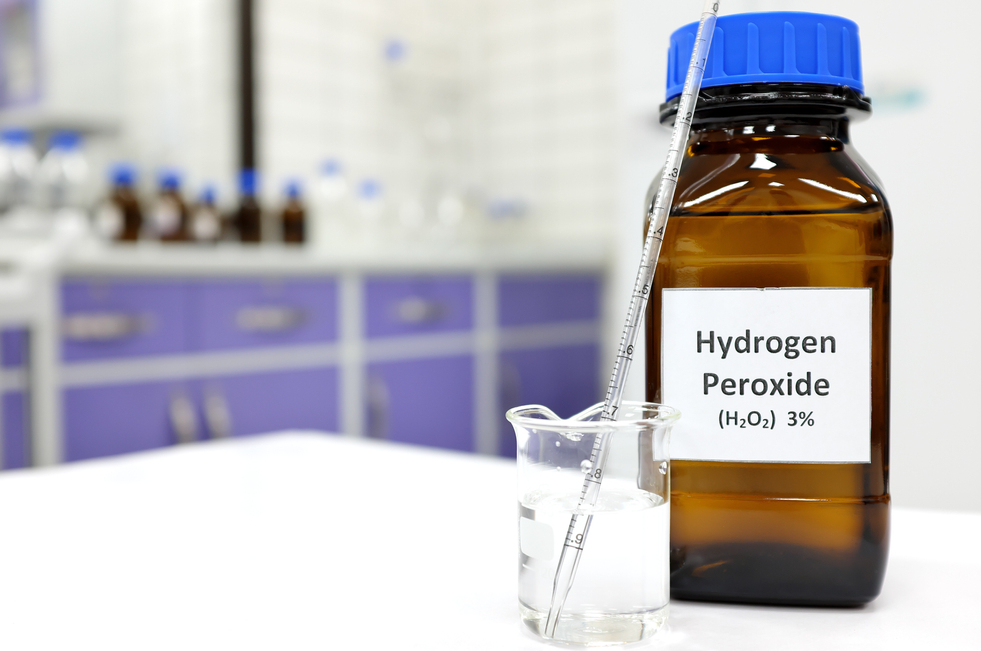
Hydrogen peroxide is a powerful antimicrobial agent that can help fight the bacteria behind gum disease. It not only helps to kill germs and reduce plaque, but it also has the bonus of naturally whitening your teeth.
To use it as a rinse:
➤ Mix equal parts of 3% hydrogen peroxide and water
➤ Swish the mixture in your mouth for 30 seconds, then spit it out (never swallow!)
➤ Use this rinse once or twice a week to support healthy gums and a brighter smile
It’s a simple yet effective way to boost your oral care routine — just be sure not to overdo it, as frequent use can irritate sensitive tissues.
Oil Pulling with Coconut Oil
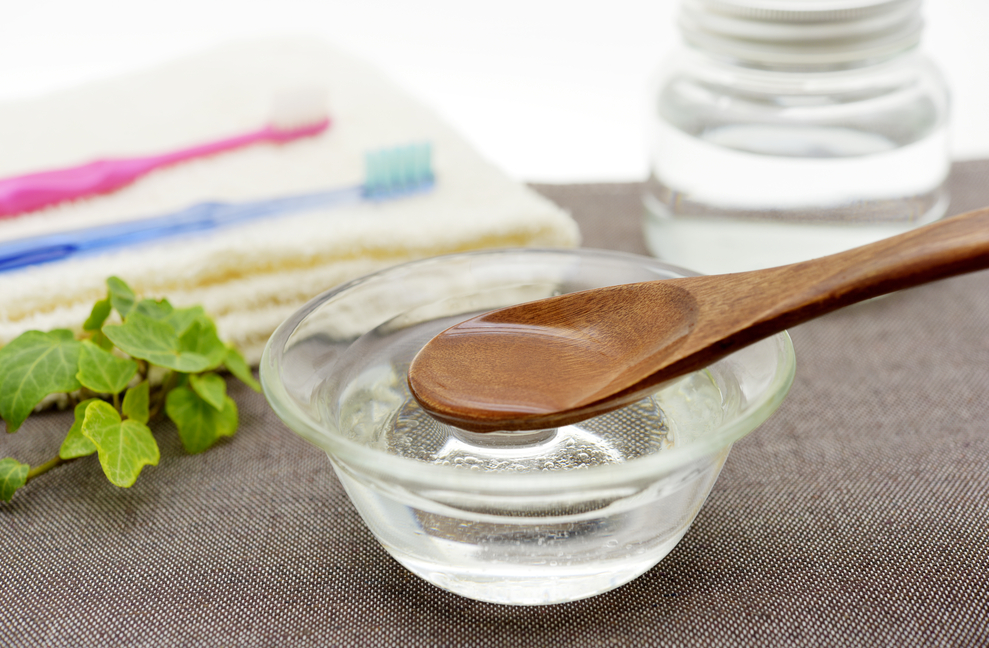
If you’re drawn to natural or traditional remedies, oil pulling might be your go-to. This ancient Ayurvedic practice involves swishing oil around in your mouth to help “pull” out toxins, bacteria, and debris hiding between your teeth and gums.
Here’s how to do it:
➤ Take 1 tablespoon of coconut oil (liquid form works best)
➤ Swish it gently in your mouth for 15–20 minutes
➤ Spit it out (never swallow), then rinse with water and brush as usual
Oil pulling may help reduce harmful bacteria, lower plaque buildup, ease inflammation, and even freshen your breath. Try it a few times a week to enhance your oral hygiene routine naturally.
Baking Soda Paste
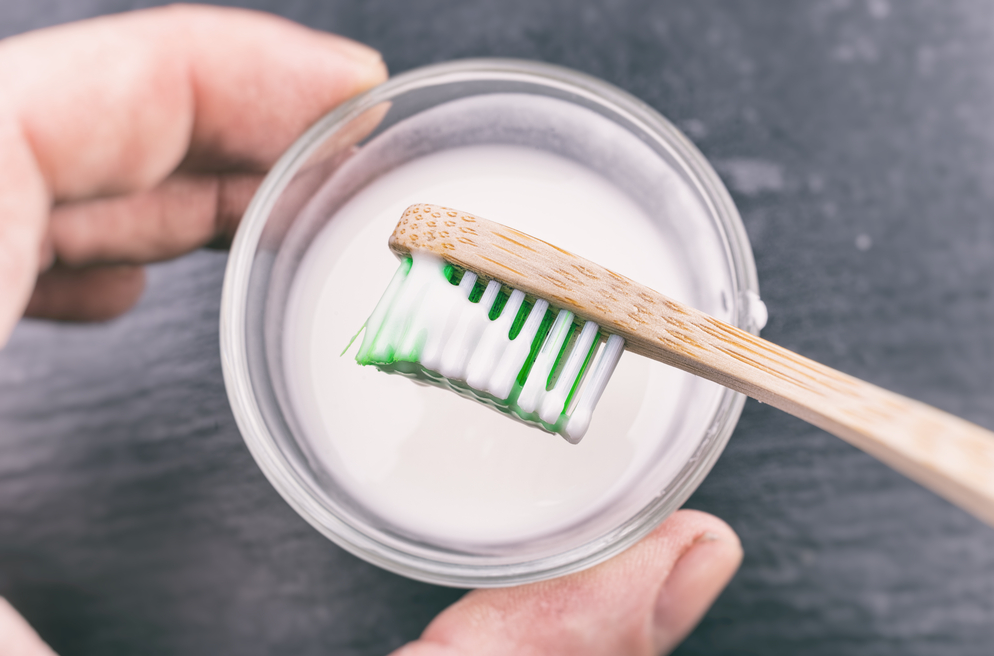
Baking soda is a natural alkaline powerhouse. It helps to neutralize harmful acids, soothe inflammation, and gently scrub away plaque—all while creating a healthier, more balanced environment in your mouth.
Here’s how to use it:
➤ Mix a small amount of baking soda with water until it forms a thick paste
➤ Using your finger or toothbrush, gently apply the paste to your gums and teeth
➤ Rinse thoroughly after a minute or two
Use this method once or twice a week to reduce irritation, support gum health, and keep your mouth feeling fresh and clean all with one simple kitchen staple.
Aloe Vera Gel
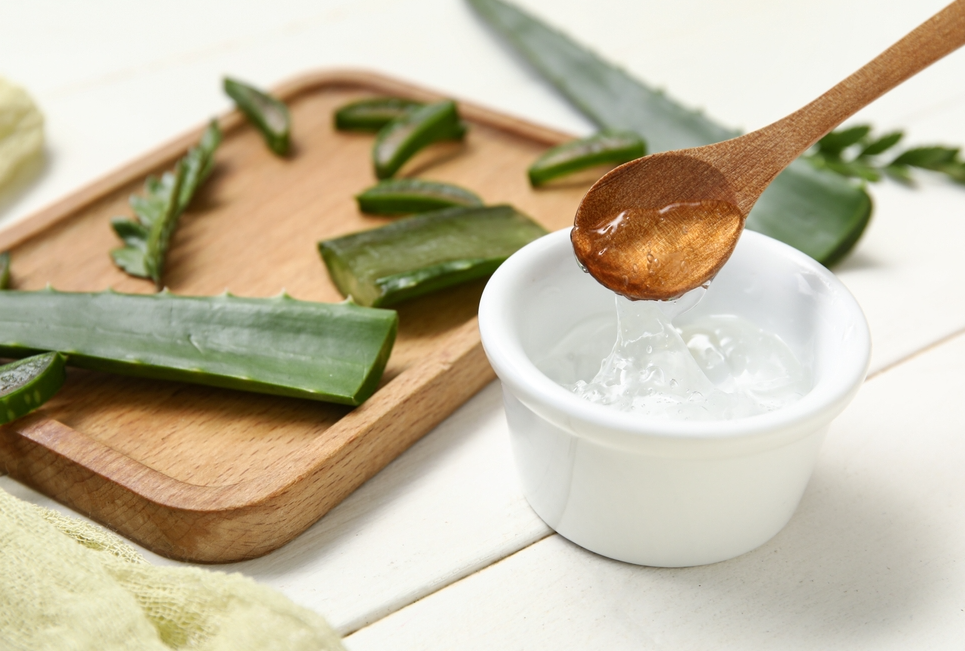
You’ve probably used aloe vera to soothe sunburns but it’s also a hidden gem for oral health. Naturally anti-inflammatory and antimicrobial, aloe vera helps to calm irritation, promote healing, and support overall gum health.
How to use it:
➤ Apply a small amount of pure aloe vera gel directly to the inflamed or sore areas of your gums
➤ Let it sit for a few minutes
➤ Rinse your mouth thoroughly with water
Repeat as needed to ease discomfort and reduce inflammation. Make sure you’re using pure, food-grade aloe vera gel free of added dyes or alcohols for the safest results.
Tea Tree Oil Application
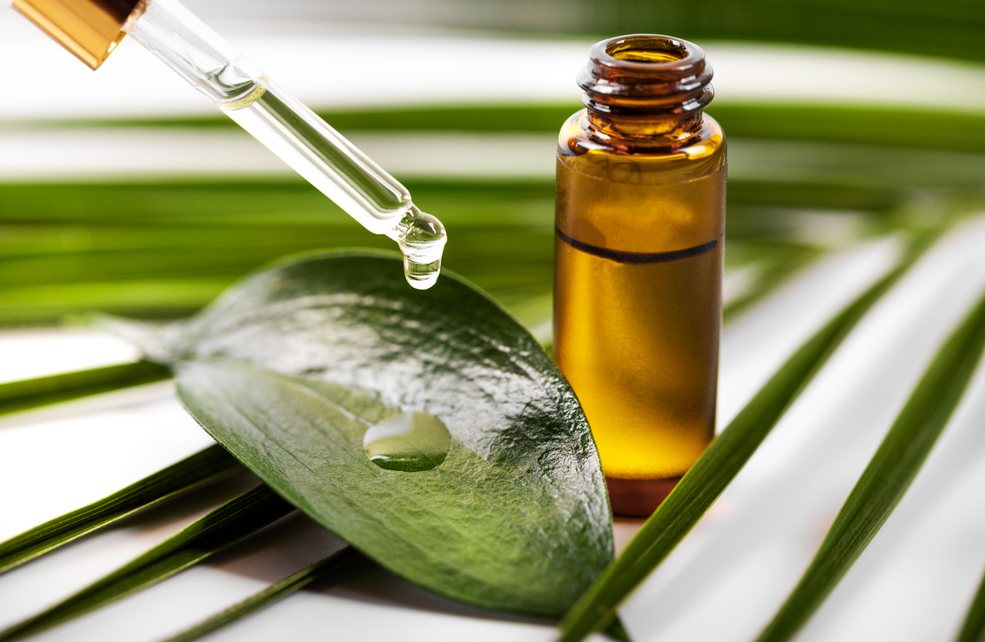
Tea tree oil is well known for its powerful antibacterial and anti-inflammatory properties making it a great natural remedy to help fight harmful bacteria, reduce gum swelling, and encourage healing.
How to use it safely:
➤ Add 1 drop of tea tree oil to your regular toothpaste before brushing
OR
➤ Mix a drop with a small glass of water to create a diluted mouthwash
➤ Swish for 30 seconds, then spit it out never swallow tea tree oil
Used regularly (1–2 times a week), this essential oil can help support cleaner, healthier gums — naturally.
⚠️ Note: Always use 100% pure, therapeutic-grade tea tree oil, and never ingest it.
Green Tea Consumption

When it comes to natural oral health boosters, green tea deserves a spotlight. Rich in catechins powerful antioxidants with anti-inflammatory and antibacterial properties green tea helps to reduce gum inflammation, fight harmful bacteria, and support overall gum health.
The best part? You can make it part of your daily routine.
✔️ Aim for 2–3 cups a day
✔️ Enjoy it plain skip the sugar or sweeteners to maximize the benefits
✔️ Bonus: It supports your overall health too!
Green tea is a simple, soothing way to protect your gums while giving your body a gentle antioxidant boost.
Cranberry Juice
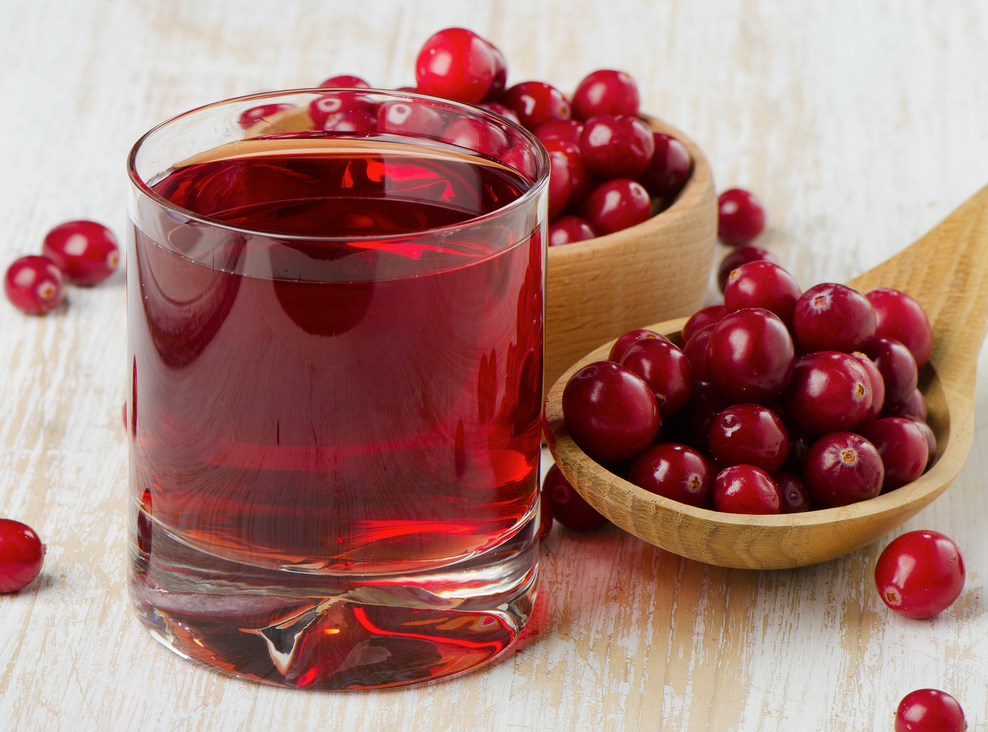
Cranberry juice isn’t just great for urinary tract health it’s also a surprising ally for your gums. Thanks to its high content of polyphenols, cranberry juice can prevent bacteria from sticking to your teeth and gums, reducing your risk of inflammation and infection.
Tip: Always choose 100% unsweetened cranberry juice to avoid feeding the very bacteria you’re trying to fight. Added sugars can lead to plaque buildup and undo the benefits.
Vitamin C

Vitamin C isn’t just great for your immune system — it plays a crucial role in maintaining healthy gums and connective tissue. A deficiency can lead to bleeding, inflamed gums, and even increase your risk of gum disease.
So, how do you work it into your oral care routine?
Simple: Eat more vitamin C-rich foods!
💡 Top sources include:
🍓 Strawberries
🍊 Citrus fruits (like oranges and grapefruits)
🌶️ Bell peppers
🥦 Broccoli
While supplements are available, a vitamin-rich diet is the best (and tastiest!) way to support your gum health naturally. Aim to include a variety of colorful fruits and vegetables daily your gums will thank you.
Turmeric Paste
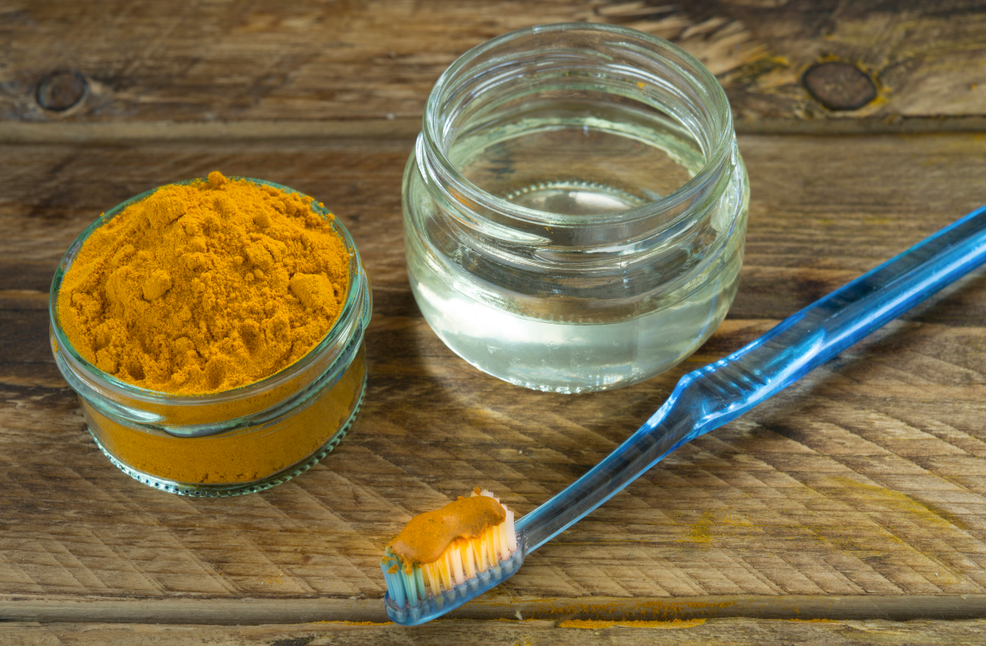
Is there anything turmeric can’t do? This golden spice is packed with curcumin, a powerful anti-inflammatory and antimicrobial compound that helps calm irritated gums, fight off harmful bacteria, and promote healing in the mouth.
To make a turmeric paste:
➤ Mix turmeric powder with a bit of water or coconut oil until it forms a smooth paste
➤ Apply directly to your gums
➤ Leave it on for a few minutes, then rinse thoroughly with water
Use regularly to support gum health, reduce the risk of gingivitis, and add a natural boost to your oral care routine.
The Bottom Line

🦷 Final Thoughts: Take Charge of Your Gum Health
The best defense against gum disease starts with the basics:
✔️ A consistent oral hygiene routine
✔️ A balanced, nutrient-rich diet
✔️ Regular visits to your dentist
But if you’re looking to go the extra mile—or you’ve noticed early signs of gingivitis—these natural home remedies can offer additional support to keep your gums healthy and strong.
That said, it’s important to remember:
👉 These remedies are not a substitute for professional care.
If you’re experiencing persistent gum issues, bleeding, or pain, don’t wait—consult your dentist to get to the root of the problem.
With the right combination of prevention, daily care, and smart natural support, you can maintain a bright, healthy smile for years to come. 😁✨
Read more: Struggling with Gum Issues? Try These 10 At-Home Fixes That Really Work


